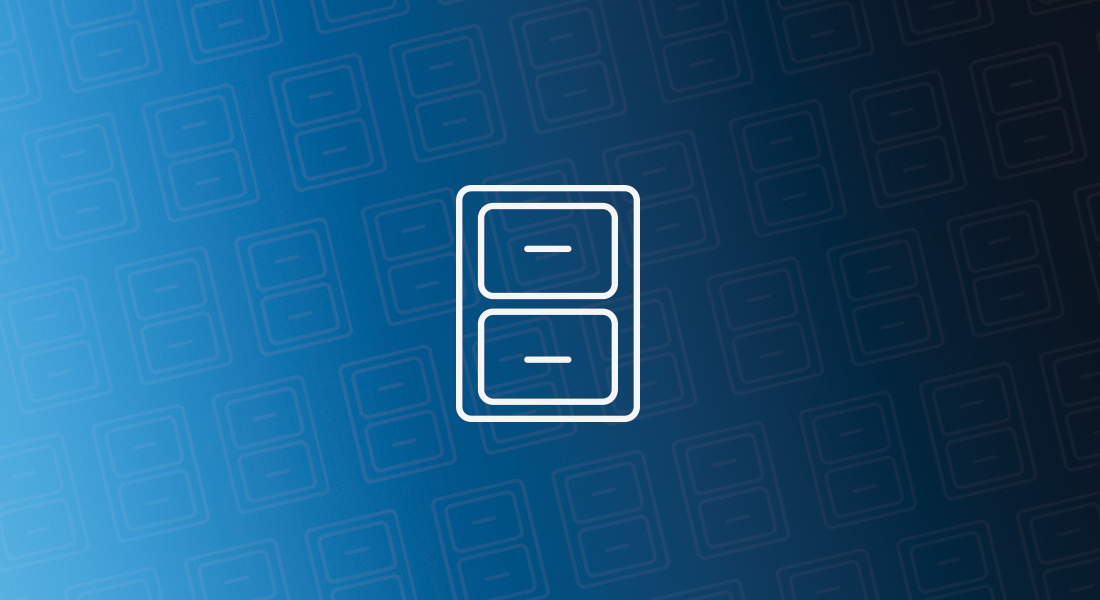The Data Roundtable
A community of data management expertsThe physical data model should represent exactly the way the tables and columns are designed in the in the database management system. I recommend keeping storage, partitioning, indexing and other physical characteristics in the data model if at all possible. This will make upkeep and comparison with the development, test
We've explored data provenance and the importance of data lineage before on the Data Roundtable (see here). If you are working in a regulated sector such as banking, insurance or healthcare, it is especially important right now and one of the essential elements of data quality that they look for
.@philsimon on an important question.
For a long time, master data management (MDM) practitioners boasted about their ability to build a 360° view of customers by aggregating and proactively managing information coming from various business applications such as CRM systems, ERP applications, and other operational systems. But was it really a 360° view? What about

‘Tis the season. While the season means different things to different people, its most common theme is people buying things for people. Things that become presents when they are covered in wrapping paper. Two retailers have been running television commercial campaigns this season about how presents are wrapped. One campaign
I have a question --- do we need a logical data model for a conversion? Here are my thoughts. I believe the answer is yes if the conversion has any of the following characteristics: The target application is created in-house. This application will more than likely be enhanced in the




